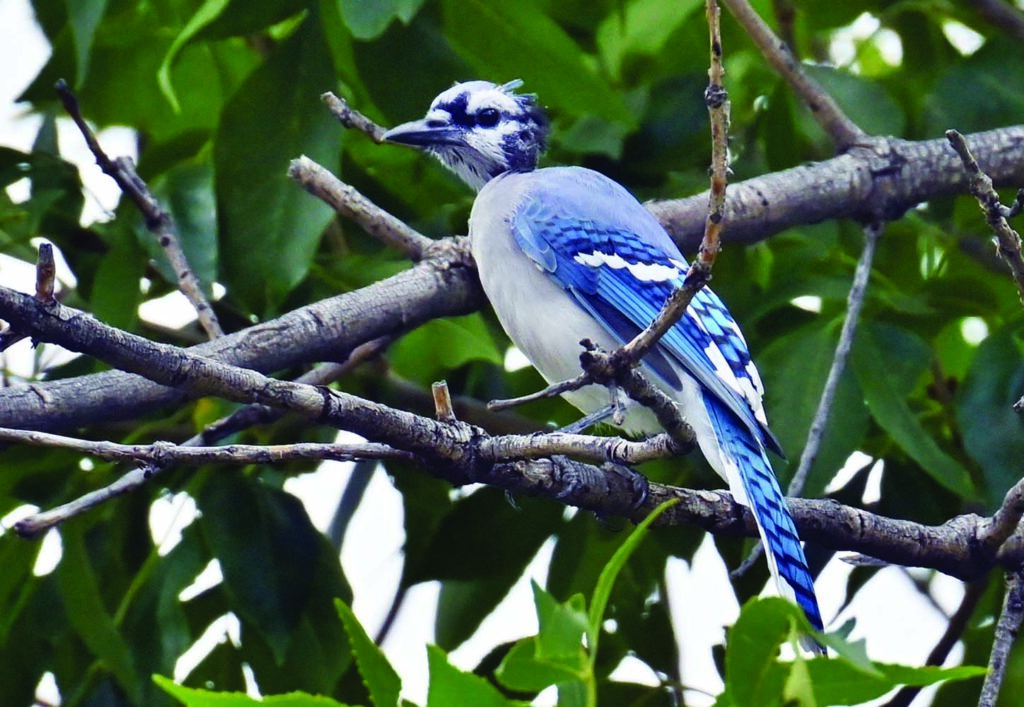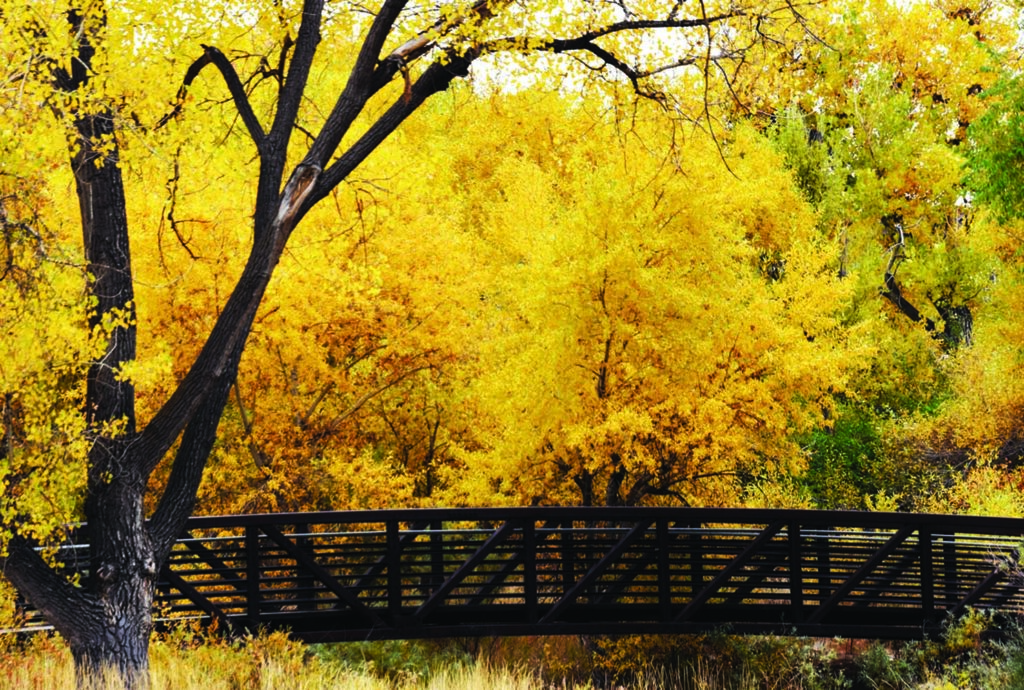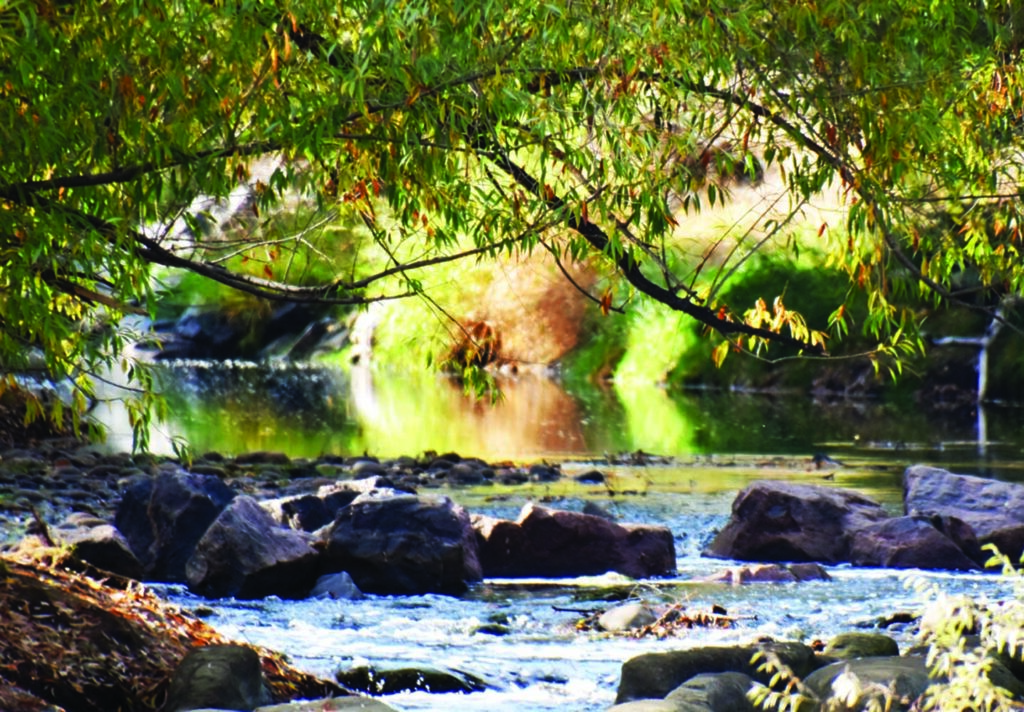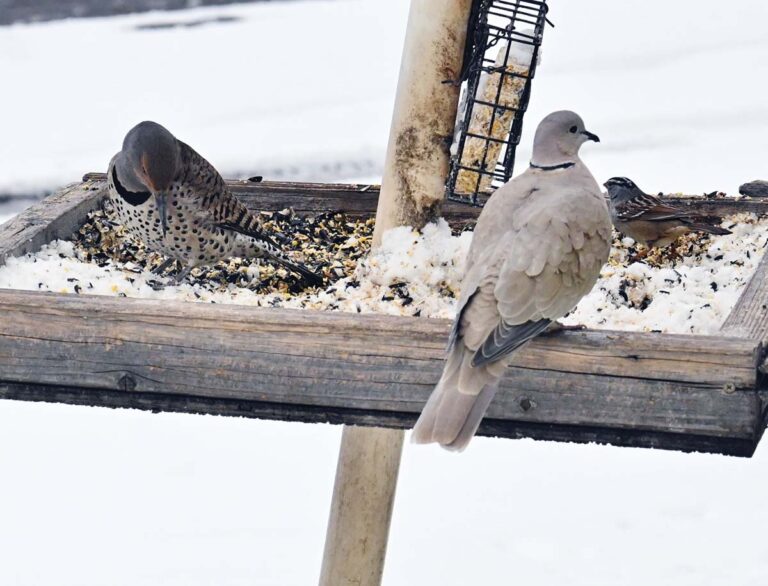Happy October, my nature-loving friends. Ken Hall, aka Bird Nut, here.
Using the words of a famous Bob Dylan song for my heading—but not for the same purpose—I leave politics and protests to someone else. October is an amazing time of change in nature, much like March: in like a lion, out like a lamb. October is the reverse: in like a lamb, out like a lion. In the 133 years tracked, 124 years recorded the first measurable snowfall in metro Denver in October. Average October temperatures in the Denver metro drop to 68/37 on average. The cooler temperatures and the amazing colors make it a great time to be outdoors.
There is a feeling to October that I do not have the ability to put into words. For many years, October was rather depressing to me. I looked at it as a season of dying. But a few years ago, while watching squirrels scurry to hide food for the upcoming winter, I had an epiphany: a sudden realization that there is no dying here, only a seasonal respite—a time to rest and recharge.
The changes in October are extraordinary in nature. The transition of cottonwood trees from green to gorgeous fall yellows can be witnessed daily. It’s almost like nature has shifted into overdrive to beat the cold yet to come. On a breezy day, I will stand in awe, watching it rain down gold. I’ve always felt the leaves are like children taking up positions to nurture the parent tree through winter. As they decompose, they feed and protect that parent, as well as many creatures that rely on thick beds of leaves for food and shelter. Many of our butterflies do not migrate and will survive the winter in leaf piles. The leaves also serve as a food cellar for many of our furry, four-legged friends.
Grasses and shrubs that shone so brightly through spring and summer will turn brown and appear barren. That is far from true. This is the time many of these plants shine—not in color, but in importance. The seeds of thistles, sunflowers, rabbitbrush, and many others become sustenance for birds that choose to stay with us over winter. Many dried berries, apples, and plums become an important protein source for deer and berry-eating birds.
Many migratory birds that we have become used to seeing since April are now either gone or preparing to move on to warmer climates. A side note: millions of birds migrate south, 90% traveling at night, navigating by light. Please, in October, lower your outside light usage for the birds. It is estimated that a billion or more birds die each year nationwide in collisions with buildings due to man made light.


Several species of birds go through a molt—shedding worn old feathers and growing new, fresh, better-insulating, water-repelling feathers—all in a month’s time. If you happen to see a blue jay in October, look closely. Odds are it is sporting a closely cropped feather-do. Not to worry—the pretty blues will return. You may also notice in September and October that the beautiful green-headed mallards are nowhere to be seen. They are still there; they just appear a bland brown during full molt, becoming temporarily flightless. Another side note: please keep dogs on a leash. There is nothing entertaining about watching a dog chase down a helpless duck unable to fly.
The many whitetail deer hiding in the foliage are busy changing into their winter colors, transitioning from the bright “here-I-am” cinnamon red of summer to the “now-you-don’t-see-me” brown-gray of winter.
October is a season of beauty all its own. It is an extremely magical time to be outdoors, to stand and allow ourselves to recharge and take in the many blessings. Hope to see you on the trail. God bless.
You can follow me on Facebook at Birds of Colorado or Bird Friends of Colorado.






